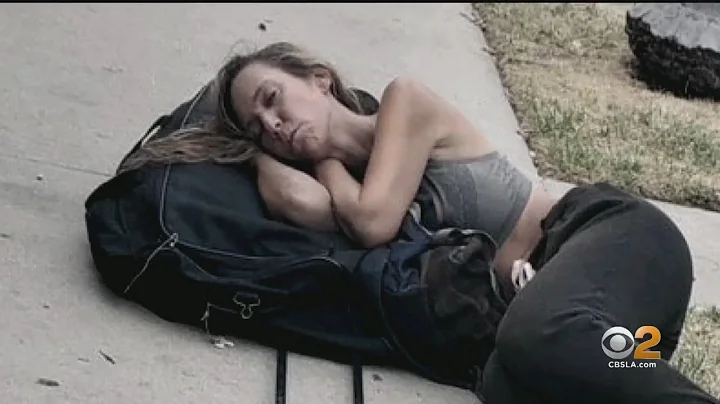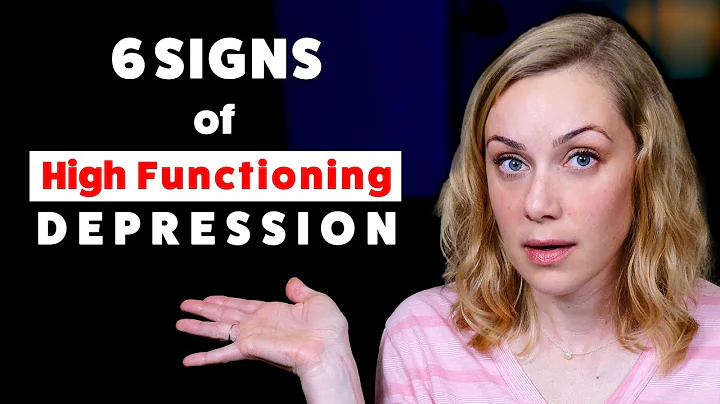How to treat depression
1. Image dialogue treatment Ideas for treating depression
First, depression is a persistent sense of hopelessness and helplessness, this negative image exaggerates the difficulty or demeans oneself.
Second, the client has an unrealistic expectation for life, and does not obtain the expected spiritual benefits due to depression, so he develops potential resentment and points the resentment to himself.
Third, depression also originates from loneliness, more self-centered and closed. 2. Characteristics of depressive image The first type is manifested as "drought negative image". Such as deserts, Gobi, dry branches, skeletons, dust, desolate and dilapidated houses, ruins, down-and-out old men, white-clothed female ghosts, etc. The second type is manifested as "water negative image". Such as cloudy clouds, continuous rain, turbid dirty water, muddy swamps, etc. Total treatment methods: face, accept, and understand. heals the trauma that leads to depression, thereby changing the deep negative beliefs in the subconscious caused by trauma, and then spontaneously transforming negative images. By finding the emotional emotions behind "unreasonable expectations", the reasonable parts are satisfied in a constructive way, thus allowing the client to voluntarily give up unreasonable expectations. By discovering and seeing the psychological and practical benefits brought by the symptoms, the client guides the client to see the price he has paid while benefiting, thus making him voluntarily give up his greed for benefits due to illness. Repair the client's narcissistic trauma, re-establish and enhance the client's self-esteem, self-confidence, and sense of self-efficacy, so that they are willing to rely on their own growth to give up excessive external seeking and dependence. guides the client to find the seeds of “wish” in his life and nourishes it; guides the client to transform positive new beliefs into realistic actions, and make step-by-step psychological and realistic preparations for this. Yuan Yuan is an associate professor in the Department of Psychology, School of Social and Psychology, Central University of Finance and Economics, and a master's supervisor. Quasi-golden image dialogue with psychologist. The specific common methods are as follows: A. For desolate images, introduce water in imagination; B. For dust images, clean the house in imagination and wipe off the dust; C. For loneliness and closed images, the treatment method is open, first in imagination, and then in life; D. For depression ghost images, face and relieve the fear of visitors; care about and change the state of the house where the ghost is located, and guide the ghost to change his or her own psychological state; E. For beggar images, accept, care, love, encourage and help build self-confidence and self-esteem, eliminate the mentality of self-deprecation, and help beggar images find a new way of life and attitude; F. When depression occurs severely, reminding them to pay attention to breathing will help improve vitality. This article is excerpted from the book "Clinical Operation Guide for Image Dialogue" by Professor Yuan Yuan, Director of the Department of Psychology at Central University of Finance and Economics, published by Beijing Normal University Press. 

3. Some methods for image dialogue to treat depressive neurosis 











